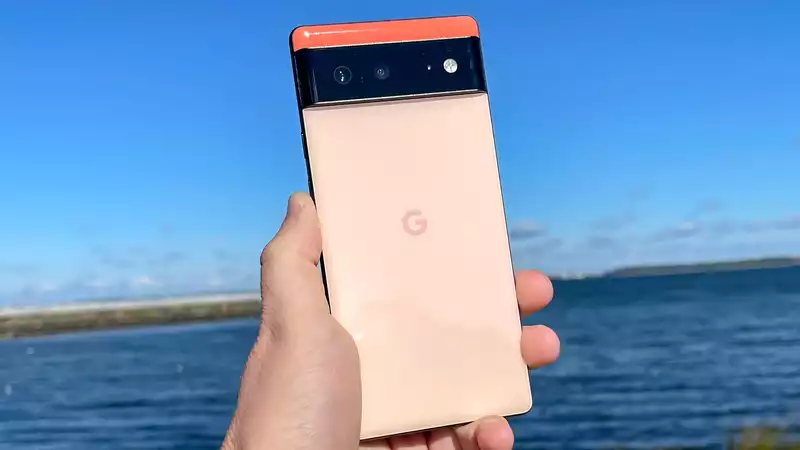Update: Google Pixel 6 Review and Google Pixel 6 Pro Review.
The Google Pixel 6 and Google Pixel 6 Pro look to be impressive devices at competitive prices, from the new Tensor chip to the advanced cameras. Unfortunately, compared to other flagships like the iPhone 13 and Samsung's Galaxy S21, Google is lagging in one key area: 5G.
PCMag reports that the Pixel 6 and Pixel 6 Pro will feature Google's custom Tensor processor along with Samsung's Exynos 5123 modem. This is the same modem used in last year's international version of the Samsung Galaxy S20, and while this may not seem like a big deal given the rapid evolution of 5G technology, it actually puts the Pixel at a significant disadvantage over its competitors.
When investing $600 to $900 in a phone, consumers typically want the latest technology so that the product they purchase will last as long as possible; when it comes to 5G modems, having this year's chip means faster and more stable 5G transmission speeds for the next three to five years.
PCM
According to PCMag, the Exynos 5123 modem is roughly equivalent to the Qualcomm X55 modem found in the iPhone 12 and US Galaxy S20. iPhone 13 and US Galaxy S21 use Qualcomm's X60 5G modem.
We conducted an unscientific comparison of the iPhone 12 and iPhone 13 on T-Mobile's 5G network in central New Jersey. in a simple test using Ookla's Speed Test app, the average download speed for the iPhone 12 was 32.72 Mbps, while the iPhone 13 had 58.26 Mbps. This is a dramatic improvement in 5G performance.
Upload speeds were mediocre for both iPhone 12 and iPhone 13, averaging 4.07 Mbps and 7.55 Mbps, respectively. However, the newer Qualcomm X60 and other optimizations around the antenna indicate that there could be a significant difference.
If the Exynos 5123 modem is an approximation of the Qualcomm X55's performance, Pixel 6 owners will have to deal with significantly slower 5G speeds. Of course, firmware, local networking, and built-in antennas can make a big difference; something to keep in mind for those considering purchasing a Pixel 6.
I myself was a fan of the US version of the Galaxy S20 FE with the Qualcomm X55 modem. And here in Houston on T-Mobile's 5G network, I found the experience frustrating. Speeds were very slow and often unstable. I ended up locking my phone into 4G LTE to improve overall performance. I have since switched to a Samsung Galaxy Z Fold 3.
Interestingly, Google's Pixel 6 event did little to show off the device's connectivity capabilities; there was no 5G Stadia demo or other bits that would show off the phone's Wi-Fi 6E performance. Google was more interested in showing off the Material You UI design that will be included in Android 12.
The Google Pixel 6 and Pixel 6 Pro will be available on October 28 for $599 and $899 respectively. However, in exchange for this low price, one cannot expect amazing 5G.










Comments